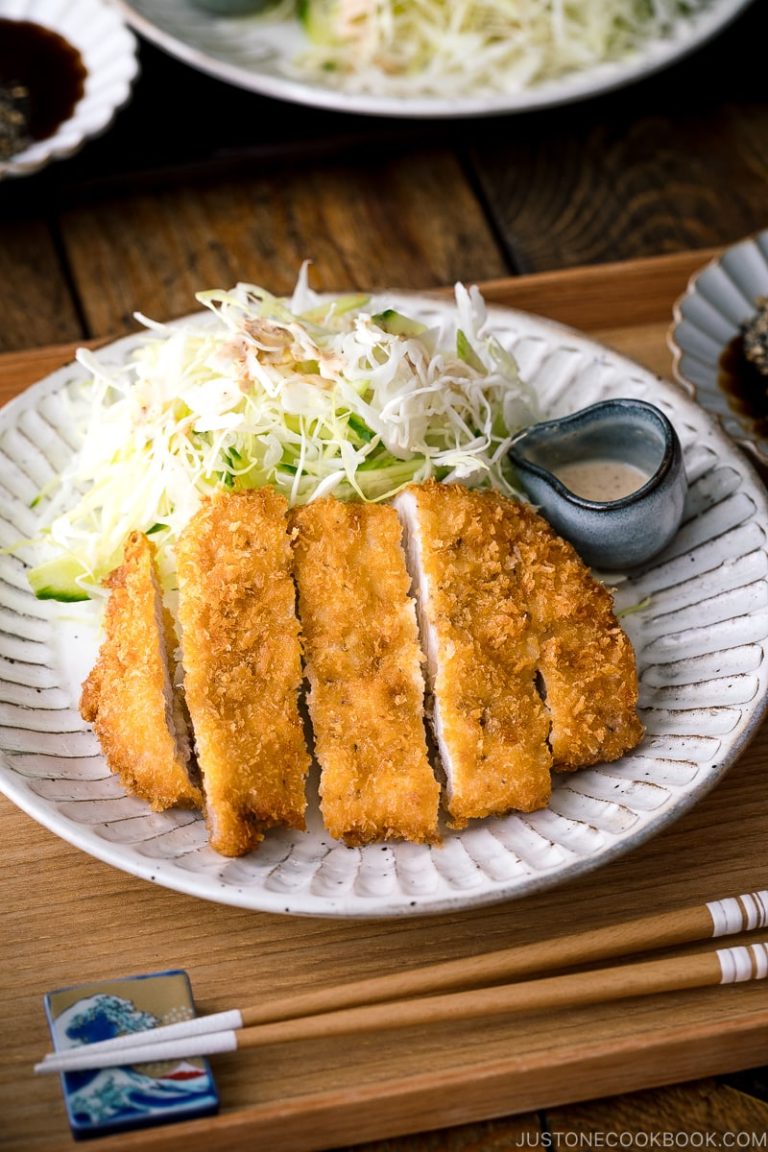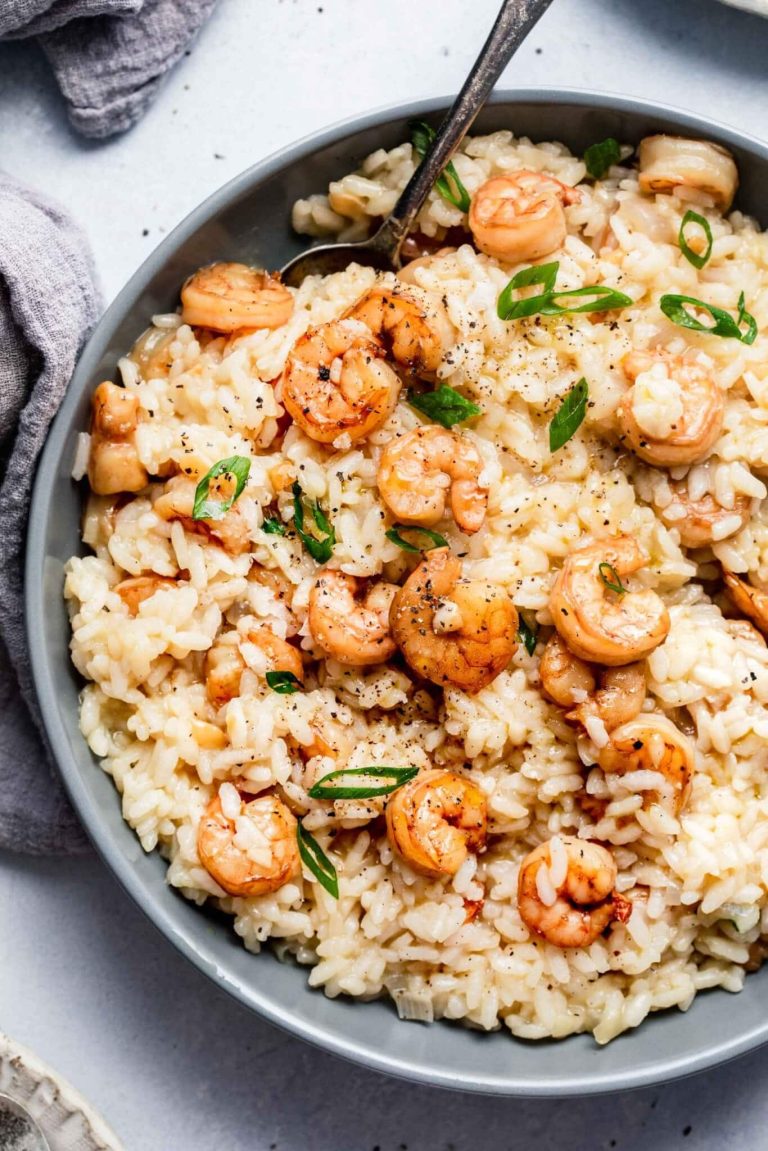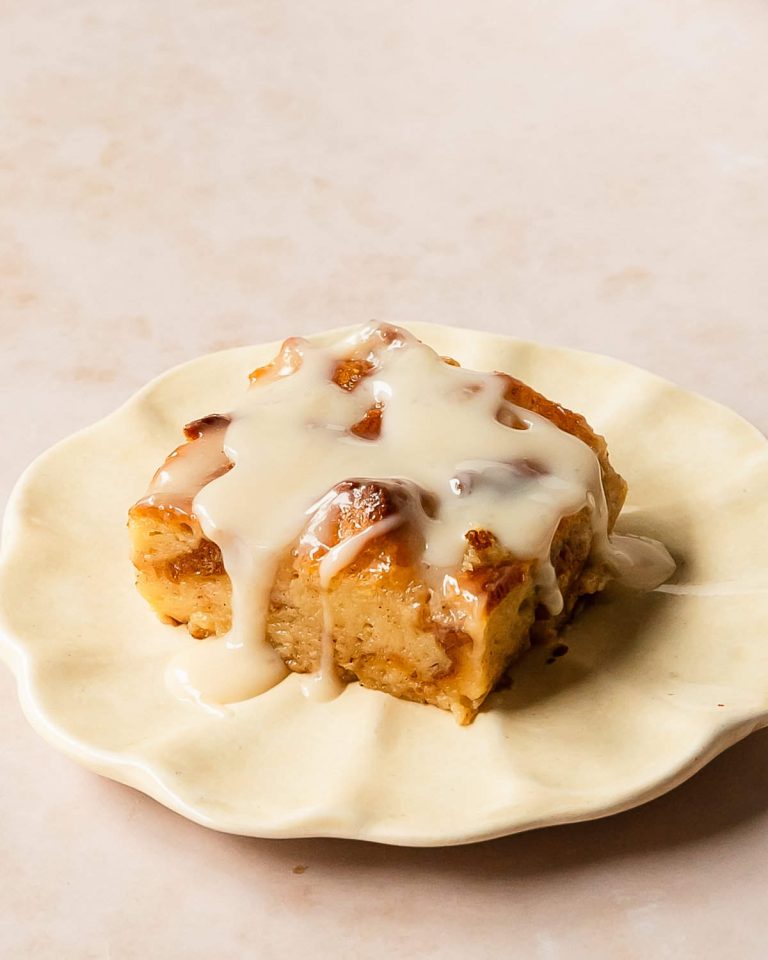Peanut Butter Fudge: History, Recipes, and Nutritional Insights
Peanut butter fudge, a delightful confection, traces its origins to early American culinary traditions. Fudge itself emerged in the late 19th century, with recipes appearing in homemade cookbooks around the 1880s. As peanut butter gained popularity in the early 20th century, it found its way into various desserts, including fudge. By the 1920s, peanut butter fudge began appearing in magazines and cookbooks, combining the rich, creamy texture of fudge with the distinctive taste of peanut butter. Innovations in home cooking and widespread availability of peanut butter contributed to its steady evolution.
Popularity in Different Regions
Peanut butter fudge enjoys widespread popularity across the United States, with each region adding its unique twist. In the Southern U.S., recipes often incorporate additional ingredients like marshmallow creme, giving the fudge a lighter texture. In the Midwest, traditional recipes stick to the basics: sugar, butter, milk, and peanut butter, delivering a denser, richer treat. Regional festivals and fairs frequently showcase peanut butter fudge, making it a beloved staple in American confectionery. Online recipe sharing has also contributed to its enduring appeal, allowing for diverse variations that cater to different tastes.
Ingredients and Types of Peanut Butter Fudge
Classic Peanut Butter Fudge Ingredients
Classic peanut butter fudge requires a few essential ingredients to achieve its rich, creamy texture. You need sugar, milk, butter, and peanut butter. These core components ensure the signature balance of sweetness and nuttiness. Typically, granulated sugar and whole milk create the fudge base while creamy peanut butter provides a smooth consistency. Add a bit of vanilla extract to enhance the overall flavor profile.
Variations and Modern Twists
Many modern variations extend beyond the classic recipe to offer unique flavors and textures. Some popular tweaks include:
- Marshmallow Creme Addition: Adding marshmallow creme makes the fudge lighter and fluffier. This variation is common in the Southern U.S.
- Chocolate Swirl: Incorporating melted chocolate into the fudge creates a marbled effect and adds a cocoa richness.
- Nutty Mix-Ins: Including chopped nuts like almonds, walnuts, or pecans adds crunch and depth to each bite.
- Vegan Substitutes: Using plant-based milk and vegan butter caters to those following a vegan diet without compromising texture or taste.
- Flavor Infusions: Infusing flavors like coffee, caramel, or sea salt introduces sophisticated notes that elevate the traditional treat.
These variations offer opportunities to experiment and tailor peanut butter fudge to suit different preferences and dietary requirements.
How to Make Peanut Butter Fudge
Essential Equipment
Use essential kitchen tools to prepare peanut butter fudge efficiently. Ensure you have the following items on hand:
- Heavy-bottomed saucepan: Prevents sticking and ensures even heating.
- Wooden spoon: Ideal for stirring the mixture without scratching the pan.
- Candy thermometer: Measures the temperature accurately.
- Mixing bowl: Large enough to combine ingredients.
- Whisk: Incorporates air for a smooth texture.
- Square baking pan: Typically 8×8 inches, for setting the fudge.
- Parchment paper: Lines the baking pan to remove fudge easily.
- Sharp knife: Cuts the cooled fudge into squares.
Step-by-Step Recipe
Follow these detailed steps for perfect peanut butter fudge:
- Prepare the Pan: Line the 8×8 inch baking pan with parchment paper, leaving overhang on the sides for easy removal.
- Mix Ingredients: In the heavy-bottomed saucepan, combine 2 cups of granulated sugar, 1 cup of milk, and 1/2 cup of unsalted butter. Heat over medium, stirring constantly with the wooden spoon until the mixture reaches a boil.
- Boil to Soft-Ball Stage: Attach the candy thermometer to the saucepan without touching the bottom. Boil the mixture until it reaches 234°F (soft-ball stage).
- Stir in Peanut Butter: Remove the saucepan from heat. Quickly stir in 1 cup of creamy peanut butter and 1 teaspoon of vanilla extract using the whisk. Stir until smooth and fully combined.
- Pour and Set: Pour the mixture into the prepared baking pan. Smooth the top with the wooden spoon.
- Cool Completely: Allow the fudge to cool at room temperature until firm. For faster results, refrigerate for at least 2 hours.
- Cut into Squares: Use the parchment overhang to lift the fudge from the pan. Cut into 1-inch squares with the sharp knife.
These steps ensure delicious, creamy peanut butter fudge every time.
Health and Nutrition Facts
Caloric Content
Peanut butter fudge, a rich and indulgent treat, delivers a significant amount of calories. A single piece, approximately 1 inch square and weighing about 28 grams, provides around 145 calories. This includes a blend of sugars and fats from the primary ingredients: peanut butter, sugar, and butter. Each piece also contributes about 8 grams of fat, including 2 grams of saturated fat. Keep in mind, portion control plays a crucial role when enjoying this treat, given its dense caloric profile.
Dietary Considerations
Several dietary considerations come into play with peanut butter fudge. It contains peanuts, making it unsuitable for those with peanut allergies, although alternative nut butters like almond butter or sunflower seed butter can provide safe substitutes. The standard recipe includes dairy products like milk and butter, which aren’t suitable for lactose-intolerant individuals or vegans. For these dietary restrictions, you can use plant-based milk and dairy-free butter alternatives. Additionally, many recipes are high in sugar; for a lower glycemic option, use natural sweeteners like stevia or coconut sugar.
Understanding these aspects allows you to make informed choices about consuming or modifying peanut butter fudge to fit your dietary preferences.
Best Peanut Butter Fudge Recipes
Traditional Recipes
Classic peanut butter fudge recipes emphasize simplicity and rich flavors. The primary ingredients include sugar, milk, butter, vanilla extract, and creamy peanut butter. To prepare traditional peanut butter fudge, combine sugar, milk, and butter in a saucepan and bring the mixture to a boil. Cook until the mixture reaches a soft-ball stage (234°F to 240°F). Remove from heat, then stir in peanut butter and vanilla extract until smooth. Pour into a prepared pan and let it cool before cutting into squares. This method ensures a creamy and smooth texture that melts in your mouth.
Innovative Recipes From Famous Chefs
Renowned chefs add unique twists to peanut butter fudge, creating innovative recipes. For instance, Chef Alton Brown incorporates marshmallow cream to add a light, airy texture. Begin by melting chocolate chips and peanut butter together, then fold in marshmallow cream for an extra fluffy consistency. Another example, Chef Ina Garten spices up her recipe with sea salt and dark chocolate drizzle. After making the basic fudge, sprinkle sea salt on top, then drizzle melted dark chocolate before cooling. These variations elevate traditional fudge into gourmet treats.
By experimenting with these recipes, you can enjoy both classic and contemporary takes on peanut butter fudge, suitable for every palate and occasion.
Conclusion
Peanut butter fudge remains a timeless treat cherished by many. Whether you stick to the traditional recipes or experiment with modern twists from culinary icons, there’s a version for everyone. Its rich history and versatility make it a staple in dessert menus and a favorite for special occasions. Don’t hesitate to try different variations and find the one that suits your taste buds best. With the right ingredients and techniques, you’re sure to create a delectable peanut butter fudge that will impress and delight.






